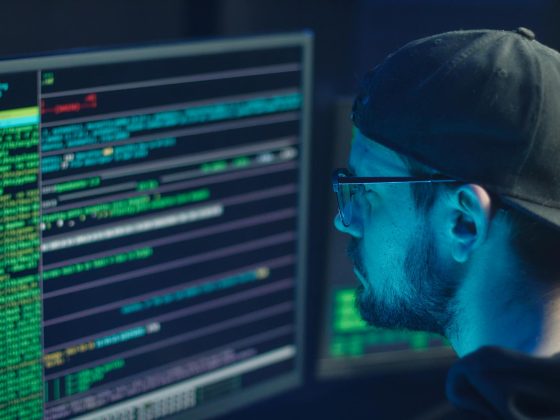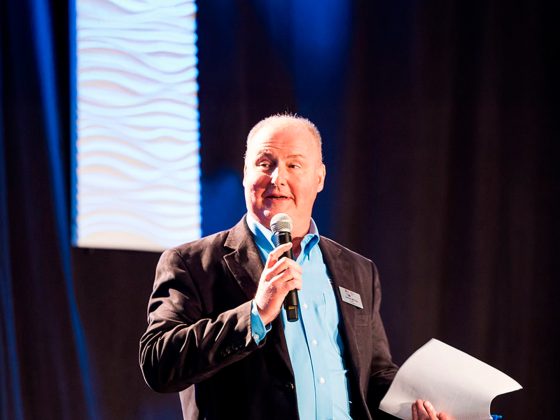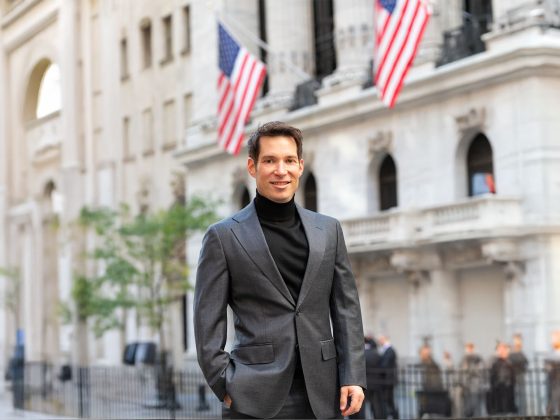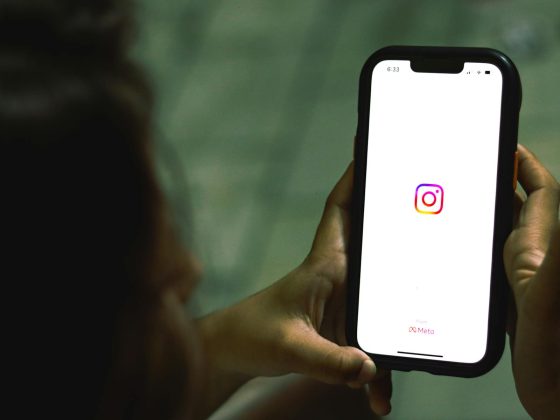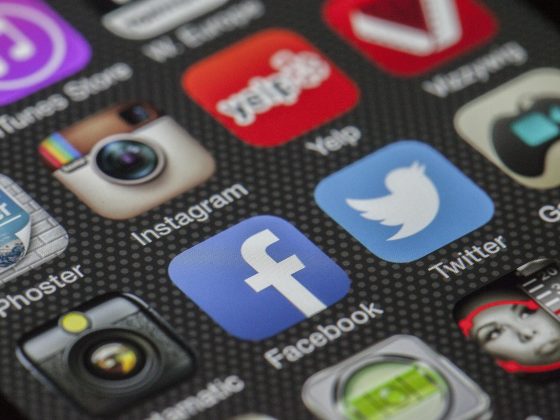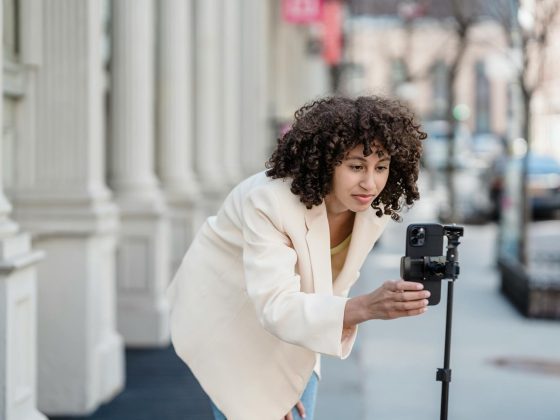In an era where breaking news occurs within minutes and in the form of short headlines, there is no clear difference between journalism and social media. Among the most valuable developments in this space, has been the emergence of social media influencers. These personalities who post on Instagram, YouTube, and Twitter among other social media platforms have become influential opinion makers and information sharers. But what does this mean for contemporary journalism? In other words, are influencers a new generation of journalists? Or they are an entirely different media force, if not complementary? This article aims to analyze the role and impact of social media influencers in modern journalism, examining their influence, the ethical issues they pose, and their potential to reshape the future of news.
Influencers as Informal Journalists
Social media Influencers are a somewhat ambiguous figure who combine elements of entertainment, personal expression, and information dissemination. Influencers often operate independently. They are different from traditional journalists who work for a specific media outlet and are bound by editorial policies. This makes them free to cover issues that mainstream media may neglect or not cover as they get a unique angle and audience.
For example, Philip DeFranco is a popular YouTuber with more than 6 million subscribers who discusses news, political events, and social issues, sharing his opinion with his viewers. Huda Kattan, the founder of the makeup line Huda Beauty and an influencer with millions of Instagram followers, shares novelties of the beauty industry and makeup tricks. Rhett and Link from the YouTube show Good Mythical Morning have covered a lot of interesting topics, including pop culture to quirky news, giving their spin on the events. These influencers have built their brands around these specific areas and often provide opinion, analysis or even news sources, acting as informal journalists.
The Power of Authenticity and Engagement
The reason influencers are one of the most popular figures in today’s media landscape is because they are considered to be genuine. Unlike traditional journalism, where the reporter must keep some level of professional distance, influencers employ first-person narratives regularly and therefore have the trust of their audience. This sense of a personal relationship can make their opinions even more influential, as audiences get a sense that they are hearing from someone they know rather than just a distant commentator.
One of the examples of influencers with authenticity is Casey Neistat, a famous filmmaker and a vlogger, who has millions of followers on YouTube. Some of the primary content of Neistat’s vlogs are often stories about his life, behind-the-scenes content, and opinionated talk about various aspects of life, and technology for that matter. Such openness and active participation foster an engaged community that appreciates his take on the news or events.
Ethical Challenges and the Question of Credibility
Despite their influence, Social media influencers still have numerous ethical challenges that may harm their credibility of their endorsement. Unlike traditional journalists, influencers do not have to adhere to certain ethical standards and policies set by editorial boards and hence can peddle fake news. Occasionally, the necessity to provide constant content and stimulate discussions can sometimes lead to the sharing of unverified information.
Another ethical issue emanates from the business aspect of influencing. Most of the influencers like Logan Paul and Jake Paul earn money through sponsorships, product placements, and partnership with brands. This financial model could pose a huge problem as influencers may post content which is favorable to their sponsors rather than the truth.
The Future of News: Collaboration or Competition?
At the moment, some news organizations are slowly collaborating with influencers. For instance, Liza Koshy, a comedian and actress with a large following on Instagram and YouTube, is collaborating with traditional media outlets like Vogue and TIME to reach younger audiences. Cross-platform promotion resembles word-of-mouth advertising and may benefit media outlets by appealing to influencers’ audiences and improving their reporting. In the COVID-19 outbreak, the public health organizations also involved influencers in spreading the right information as their followers were more reliable and connected.
Conclusion: A Dual Role in the Media Landscape
Thus, given the further development of social media platforms, the positions of influencers in the process of modern journalism remain indefinite. But influencers are not and cannot be an alternative to professional journalism; however, they remain an unmeasurable strong actor in the media landscape. They offer certain advantages such as being genuine, being able to interact with the audiences and the capacity to target specific demographics. Nevertheless, they have certain ethical issues which have to be resolved, more exactly, the problems of misinformation and commercial influence.
Image Source: pexels.com

